Homegrown: The homebuilt 1980s hot rod with 119 mpg
Welcome to Homegrown—a new, limited series about homebuilt cars and their ingenious creators. Know a car and builder that might fit the bill? Email tips@hagerty.com with the subject line HOMEGROWN. Read more Homegrown stories here. —Ed.
***
Before the automotive world earnestly adopted battery-electric drivetrains, amateur and professional engineers competed in recurring mile-per-gallon contests to advance the fuel-economy cause. In the 1980s, Craig Henderson, of Bellingham, Washington, teamed with three fellow car nuts to construct a car they called Avion. The 100-plus-mpg achieved by their homebuilt special on a Canada-to-Mexico border run merited a Guinness World Records entry. Just as important, Avion’s fuel efficiency may never be topped.
Henderson, now 65 and a retiree, explains: “The initial hope was selling mid-engined kit cars built around Volkswagen Rabbit mechanical bits. My friends Bill Green, Russ Moye, and Larry Graft started the project while I was working at Honeywell. Bored with my job, I quit to build the body plug needed to mold the composite body parts. Luckily, I was experienced in constructing prototypes to be tested and refined for sale to consumers.
“The late Dr. Michael Seal, a professor at Western Washington University, where I earned my degree in industrial technology, provided not only advice and encouragement, but also access to the school’s well-equipped shop. I ended up doing a majority of the work on Avion and funding the cost of most of its parts.
“To save weight, we selected aluminum for the monocoque. Steel subframes supporting the suspension, steering equipment, and powertrain enhance crash resistance. Bodywork consisting of fiberglass, carbon-fiber, and Kevlar is riveted and bonded to stiffen the assembly. Our goal was a 1500-pound curb weight, which we beat by 50 pounds. Another goal was ultra-low drag, which we achieved by designing a super-smooth exterior with minimal frontal area.
“I’d estimate the drag coefficient at 0.26. Only five or so horsepower are required to cruise our two-seat coupe at 60 mph.
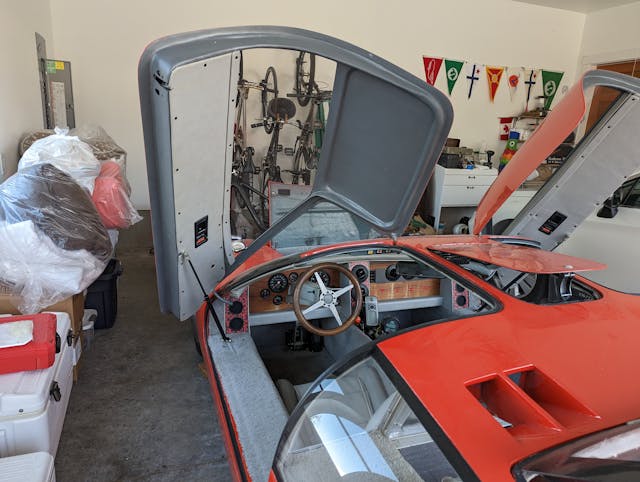
“Inside, we fit Porsche 914 seats reupholstered in leather. While the roofline is low, there’s room enough for my six-foot-ten brother-in-law. Our dash panel is rosewood. The windshield came from a Toyota Celica, while the side and rear windows are hand-formed acrylic plastic. To obtain license plates, we successfully registered our prototype as a 1967 homebuilt based on [the] VW content.
“Tall tires help minimize the rpm needed on the highway. After Goodyear heard about Avion’s record-breaking efficiency, they provided $10,000 in sponsorship to cover expenses, along with a set of their ultra-low-rolling-resistance CS Fuel Max radials.”
Powered by a diesel engine and manual transmission from that Rabbit, Avon achieved a remarkable 103.7 mpg in 1986 on a two-way, border-to-border run. Switching to a three-cylinder, 800-cc diesel from a Smart ForTwo for a one-way 2010 run upped the ante to 119.1 mpg.
A volumetric fuel meter and GPS equipment ensure fuel-economy measurements are dead accurate. Avion is so efficient, Henderson says, that no refueling is necessary to make the Canada-Mexico trip.
What’s next? “With hopes of winning the $5 million Automotive XPRIZE,” Henderson says, “I began construction of a second Avion. Because that contest was not only poorly run but fraudulent, car two is currently stored. I may convert it to electric propulsion since huge batteries aren’t necessary in an ultra-light, low-drag car. Another possibility is tuning Avion two to run on renewable diesel fuel.” Fuel, in other words, made from natural fats, vegetable oils, and grease, instead of fossil fuels.
“Recently, the director of San Diego’s Air & Space Museum was highly impressed by my photos and description of the Avion. His thumbnail assessment is that [the car is] aircraft technology applied to road use. Thanks to his encouragement, I may loan Avion for display at the museum, so it can be enjoyed by the public at large.”
***
Check out the Hagerty Media homepage so you don’t miss a single story, or better yet, bookmark it. To get our best stories delivered right to your inbox, subscribe to our newsletters.

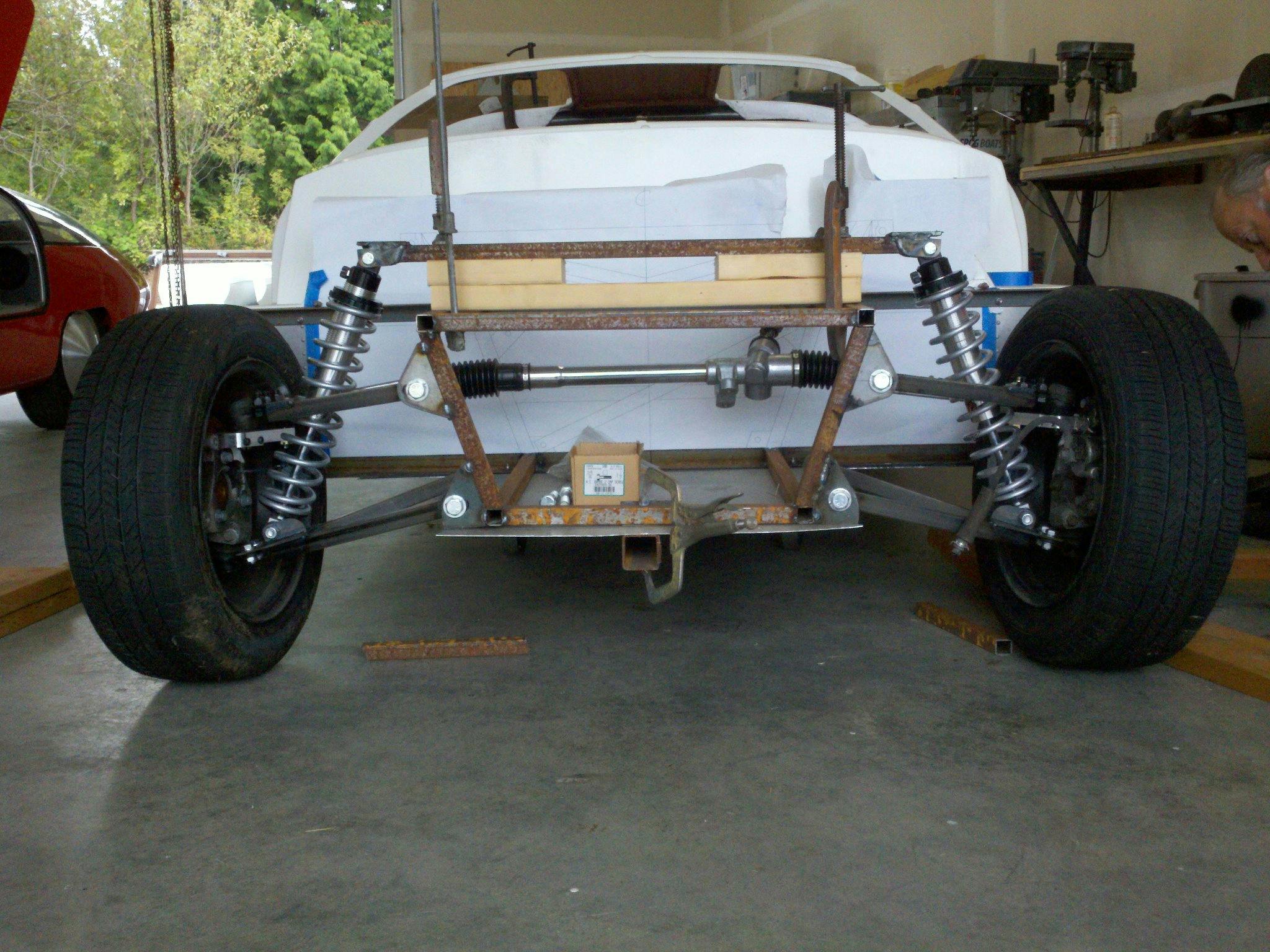
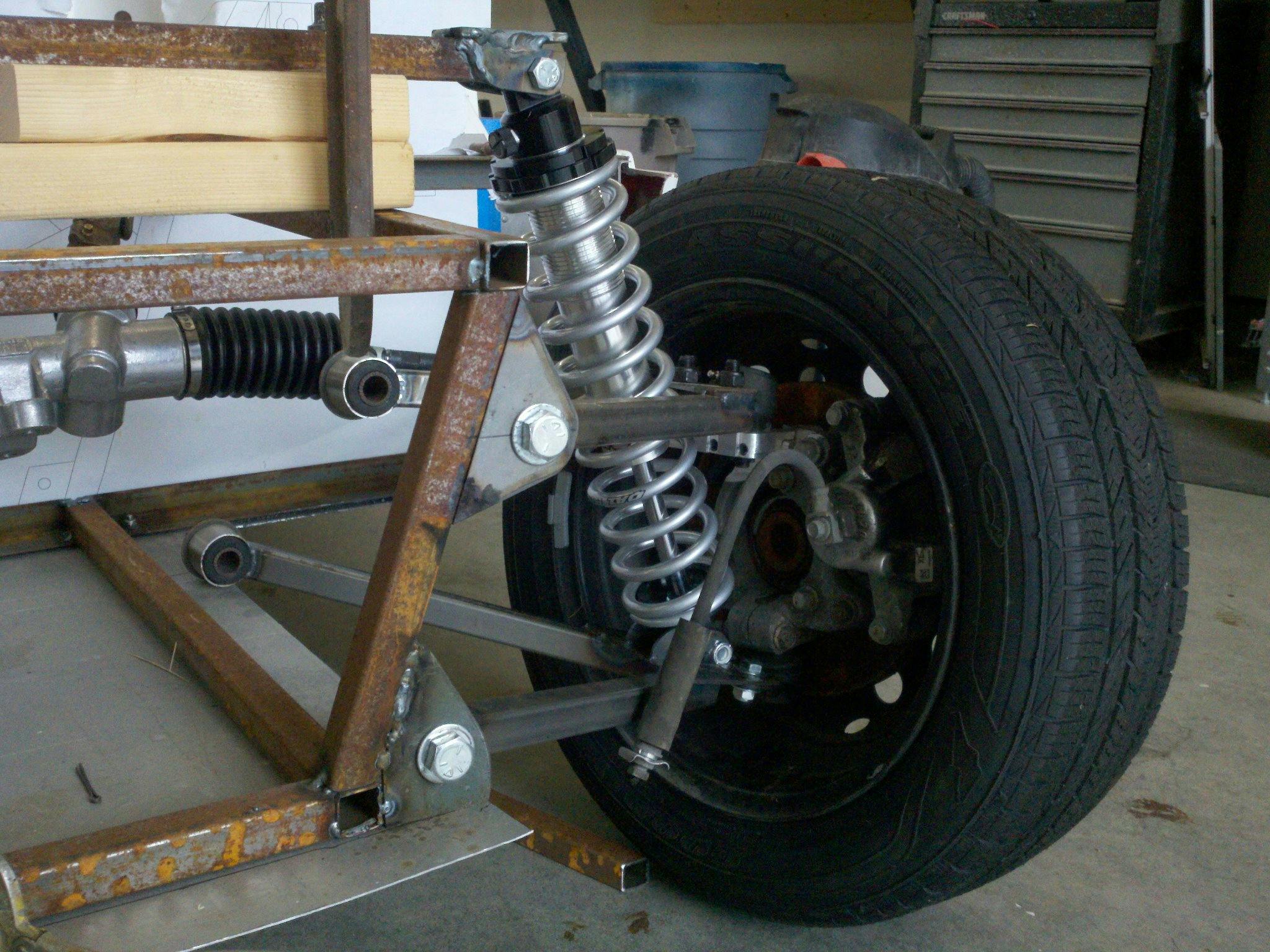
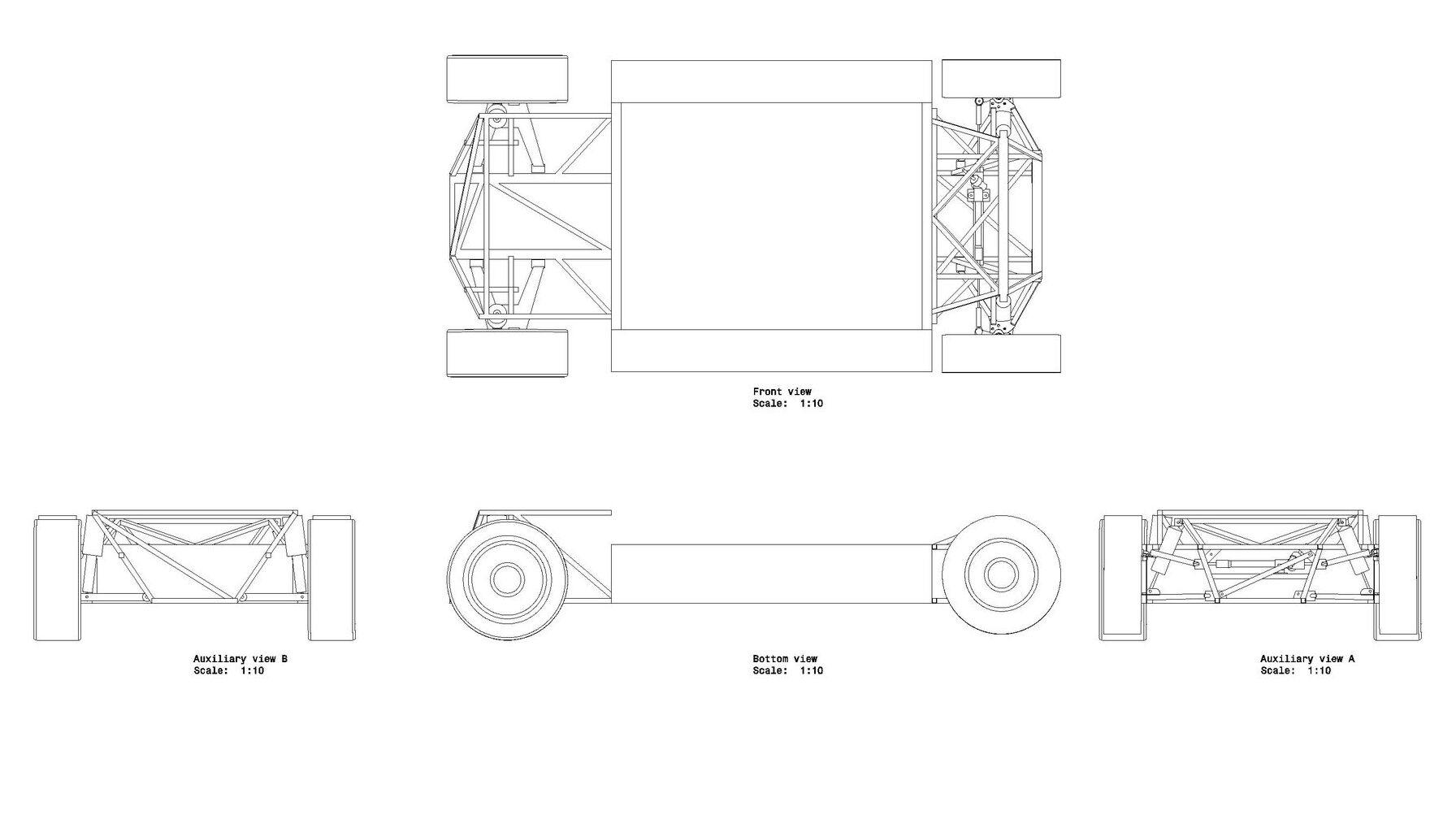
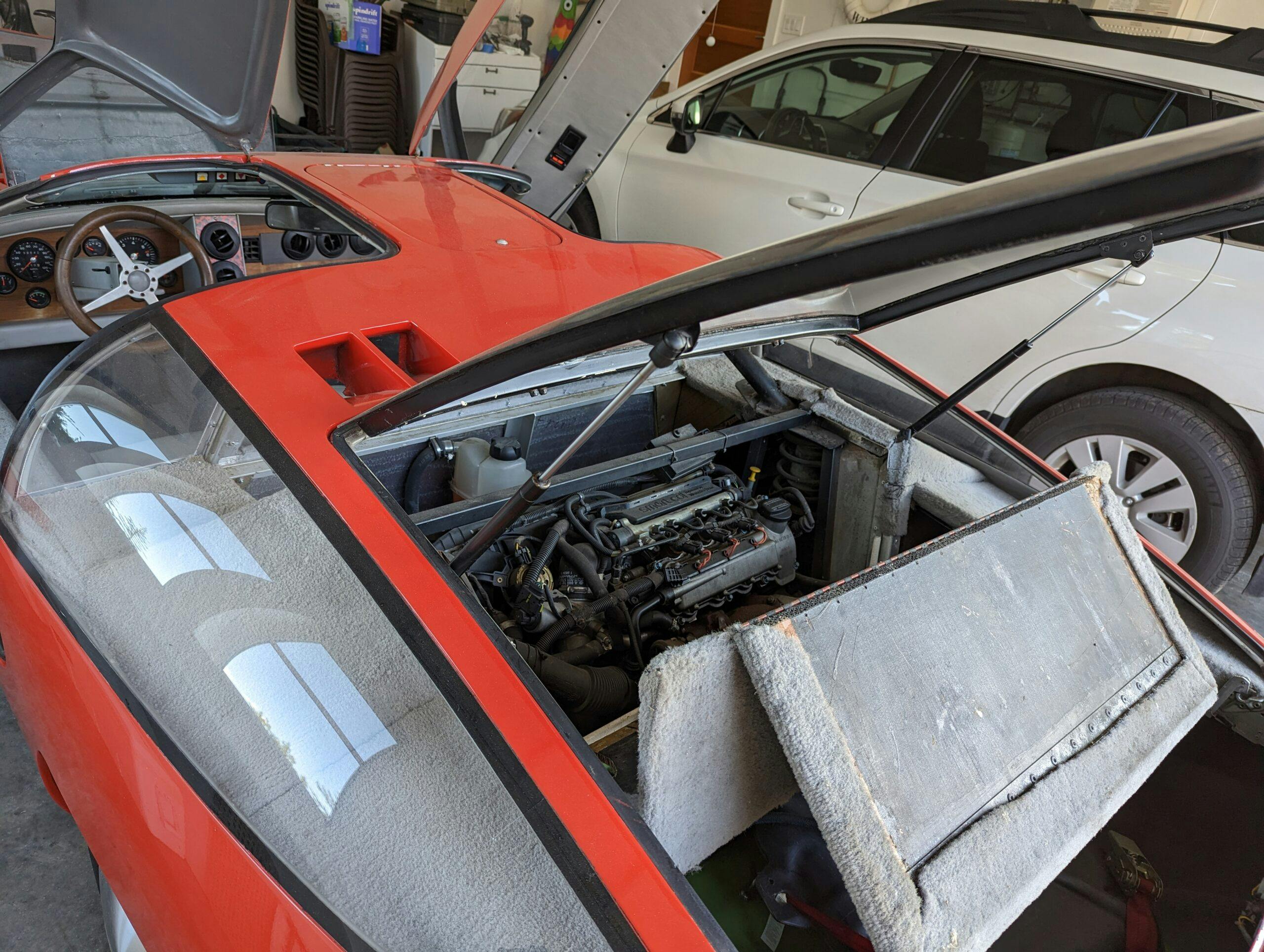
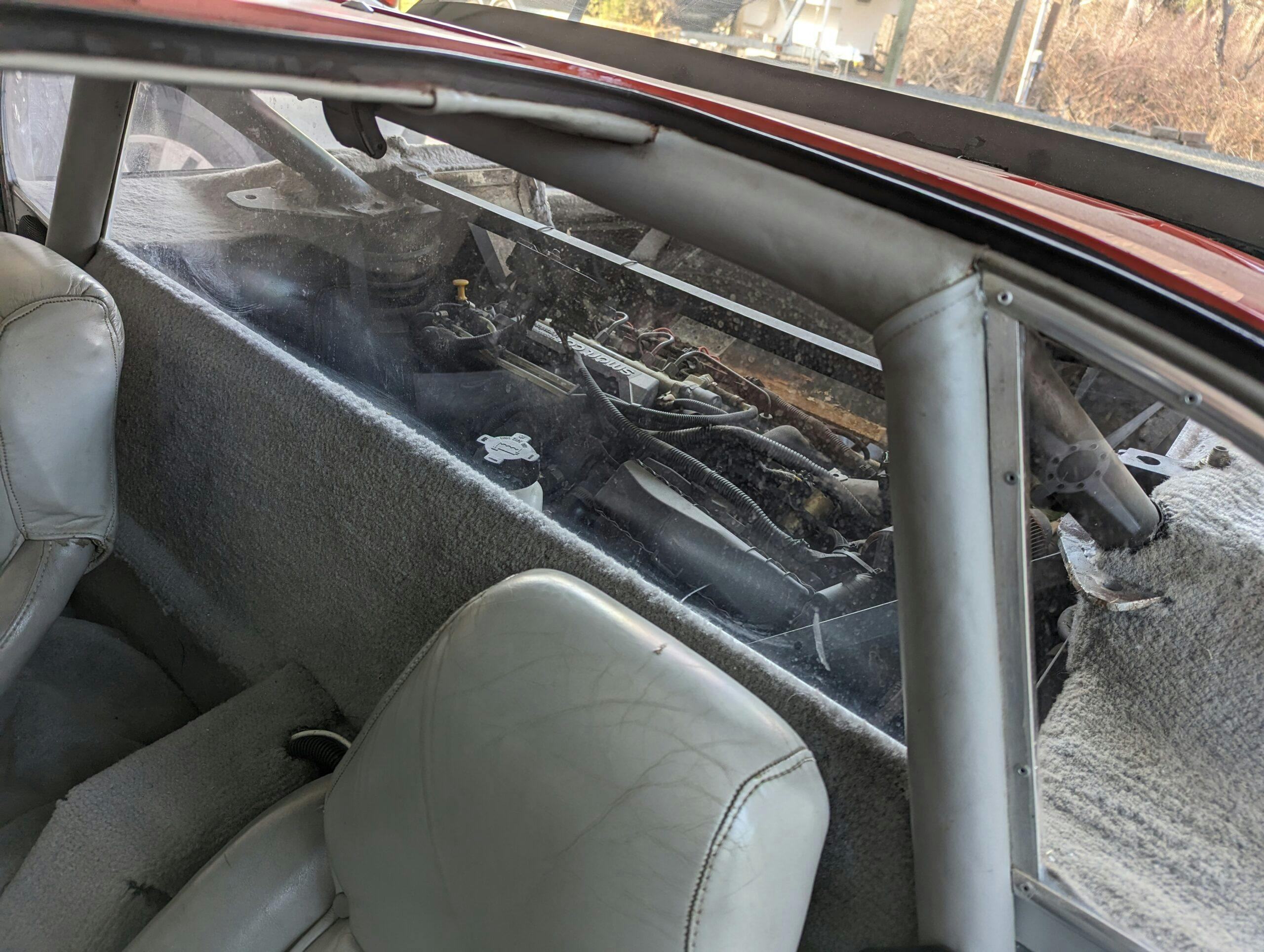
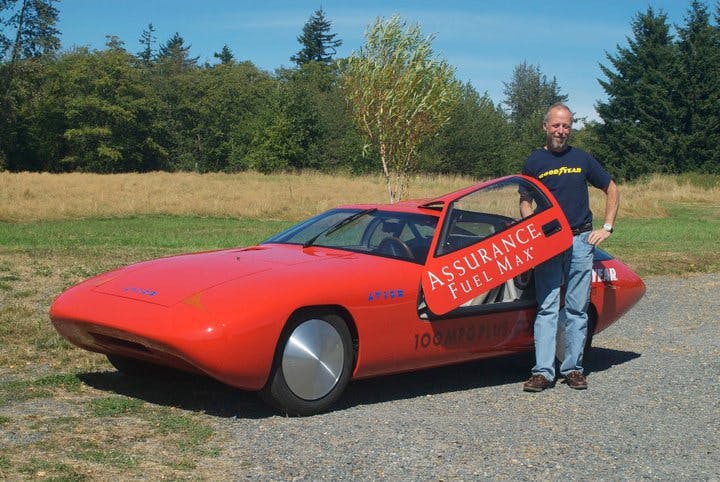
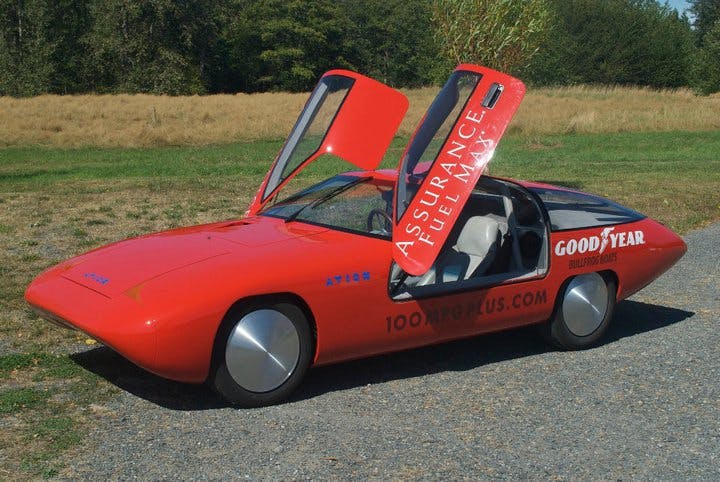
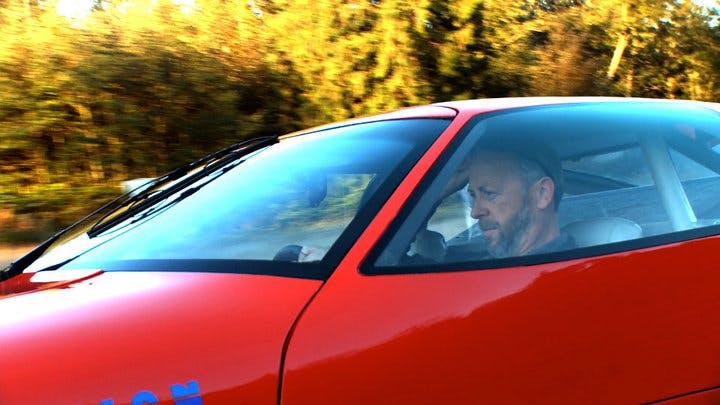
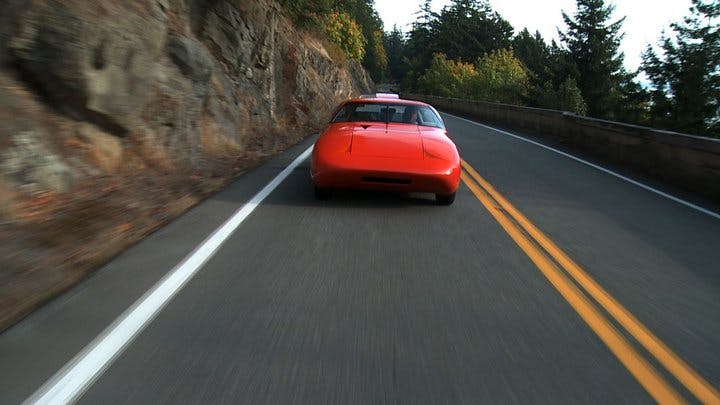

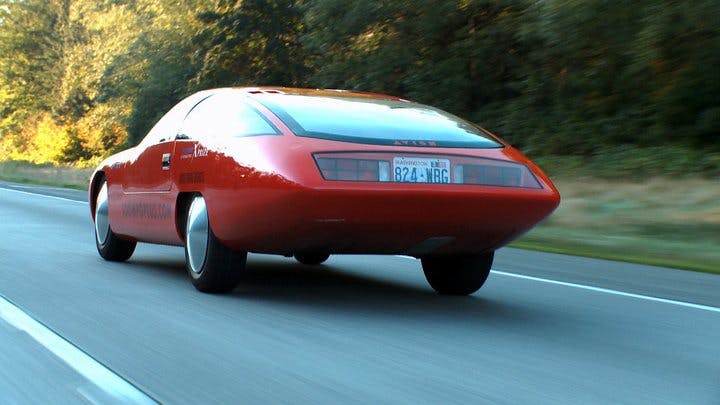
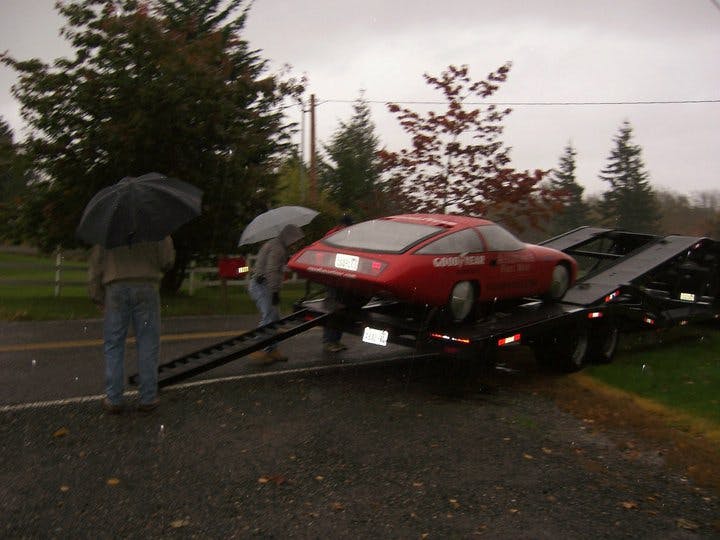

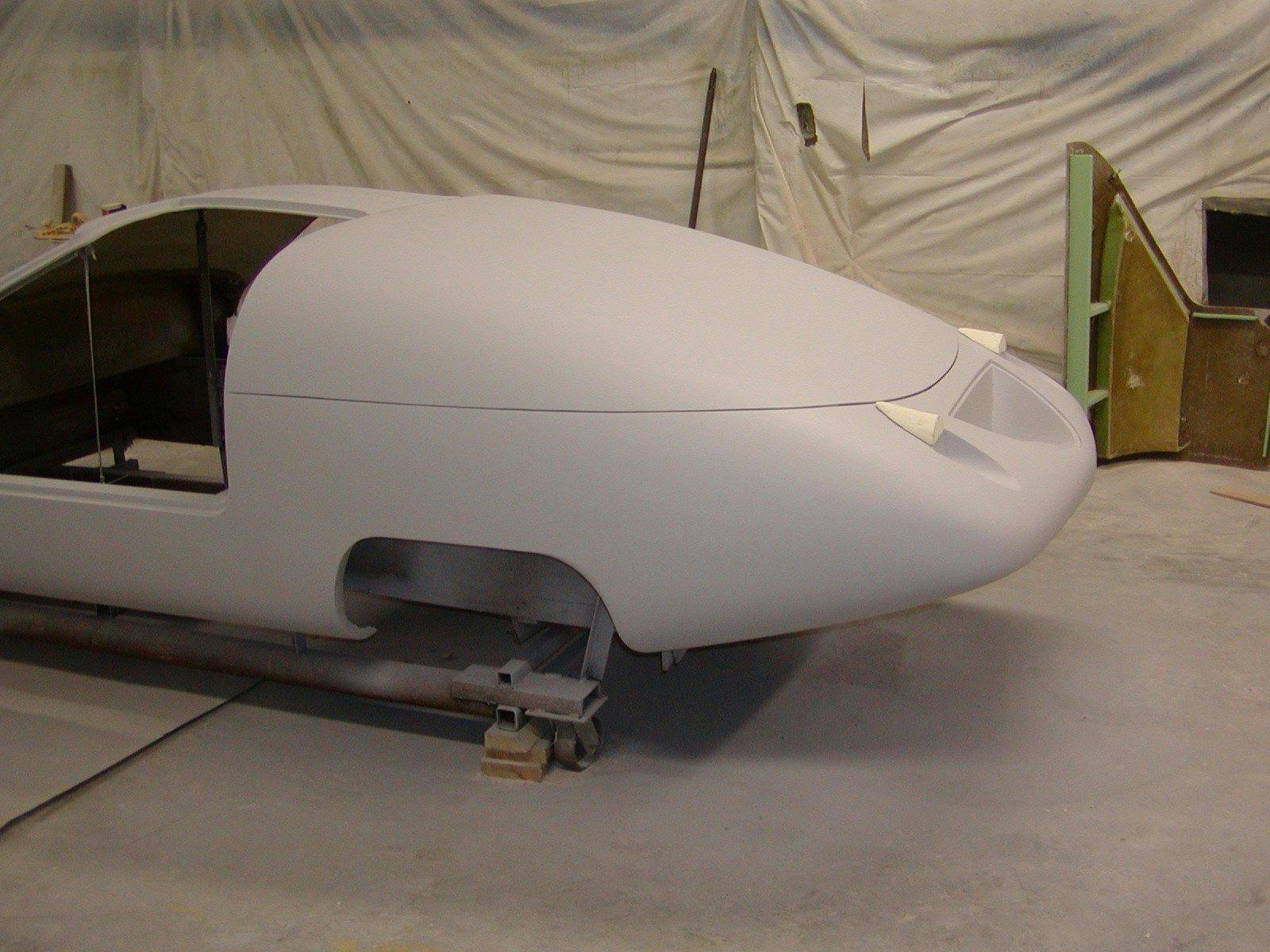
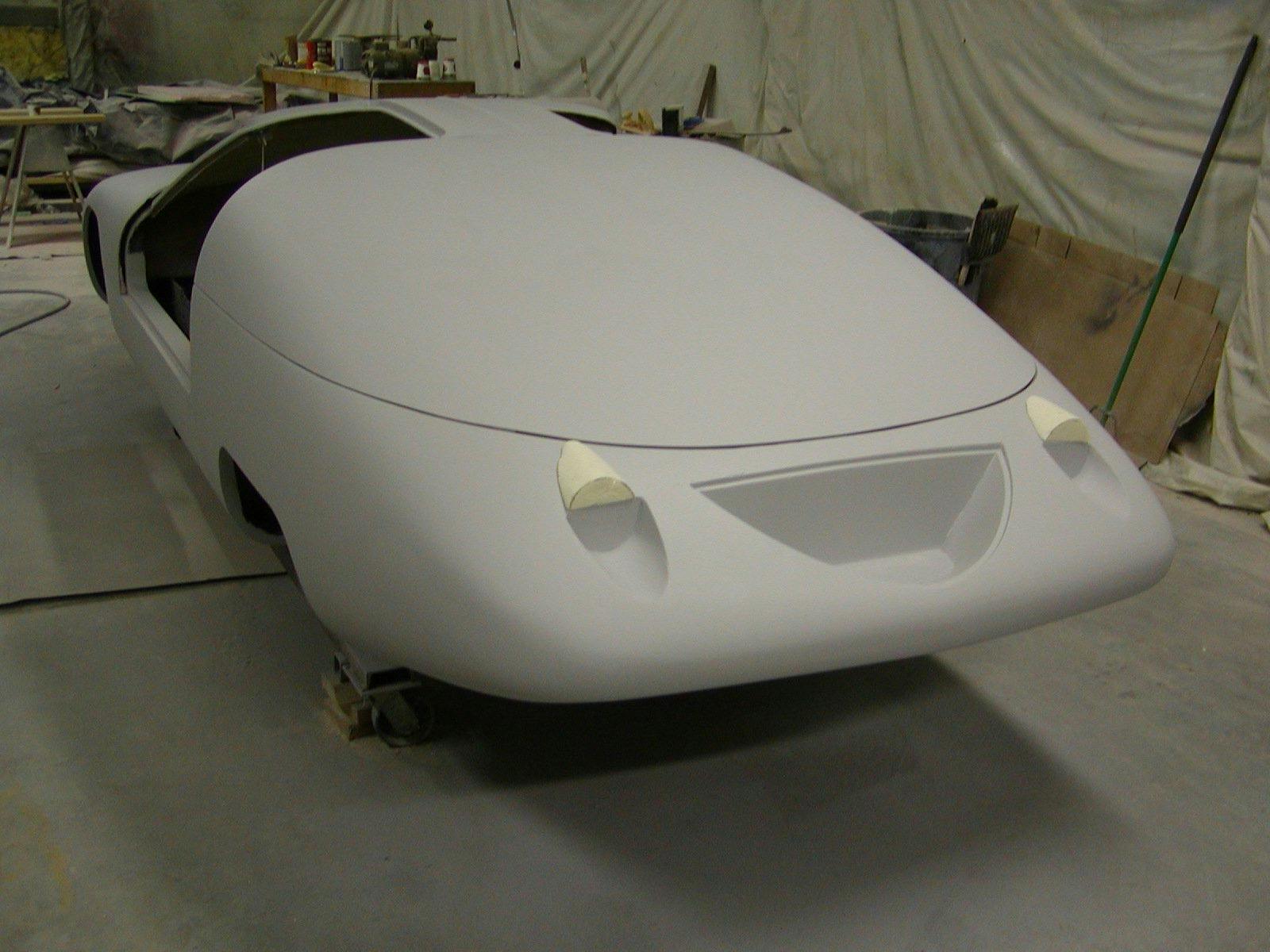


Wow, quite an accomplishment! Well, actually multiple accomplishments. And the car is actually pretty attractive, so it’s not just all about attaining MPG goals. Encouraging story!
That is what makes this a great country to live in. Dream and live your dream. Thank you for sharing your vision.
YES
Don,
Great story!
But it was 119.1, one day it was 142 Miles per Gallon and that was thirteen years ago.
I believe with the most advanced drive the avion could get over 200 Miles per Gallon.
I would love to see what’s new in the automotive world
Invent a car that gets 119 mpg on hydrocarbon fuel, and the automotive world gives awards and accolades. Make an engine that goes across the country on a tank of water (Stanley Myers), and you get rewarded with being poisoned to death, or being murdered in a “mass shooting” in a Boston Supermarket parking lot. (recent event – but I can’t recall his name).
Stanley Meyers’s design is on the internet, I just looked at it. The circuit design and everything is there. You can build it tomorrow, demonstrate it to some New Green Deal politician, file an updated patent, and seek protection.
His machine was examined and found to be a simple electrolysis system and nothing extraordinary, let alone energy net positive as he claims. He was found guilty of defrauding investors.
That said, build an example. Prove your theory, here’s your chance! His stuff is public domain now. Have at it!
That water powered car was a hoax. Basic physics worked against it. Getting power out of water requires that you put power into it. Electrolysis is used to split the H2O into oxygen atoms and Hydrogen atoms which can be used to combine back into water releasing power (burning hydrogen). The emission consists of water.
Someone years ago used the scam to prove that his motrocycle would run on water. He had a gas tank that had gasoline in it . Then he poured water in the tank and started the motor. It was found later, that the water, being heavier than gasoline, went to the bottom of the tank and the gasoline rose to the top, where it was siphoned off to burn in the motor
Western Washington University has for many years been know for its Automotive Engineering-related programs….not to mention incubating a great rock band or two.
The VW XL1 – VW’s 280mpg Car: https://youtu.be/a2BoM2qdrSw
Cool story, love the sensible innovation. Too bad we’re being forced into overweight, overly complicated vehicles loaded down with too many nannies.
very cool car. The home built part makes it even more interesting.
I once owned a 70s era Honda civic wagon that consistently gave me 40mpg on the highway. Just think of what they could do now if they didn’t have all the government rules and regulations in their way. The nanny state and the climate change hoax is killing innovation and progress. My hats off to those guys.
Awesome… Now make it comply with modern emissions and safety standards, and watch that MPG drop like a lead balloon.
Mass produce them, and watch how they won’t sell because it lacks basic creature comforts and is anything but comfortable to drive
It ok to have a opinion, even if it is not correct.
Lets see how it does with the 5MPH bumpers, the emission controls, air bags, all wheel drive, 7 passengers capacity, noise standards, and the fact that they won’t be able to sell them because thy have an ICE engine. They might be able to build one around an 800 pound battery pack by then, or put a smaller battery in it and stop every 30 miles to charge it up again. This car fails most government safety and emission standards we have been saddled with.